1. Introduction of new materials
Bio-based composite materials: With the pursuit of environmental protection and sustainability, bio-based composite materials have gradually become the new favorite in the aviation field. For example, French companies are jointly developing a new bio-based composite material made of bamboo fiber. This material is light in weight, has a high stress level, and is easy to decompose and recycle, which helps to reduce environmental pollution. Applying it to the manufacture of Airline table mats can not only meet the requirements of strength and durability, but also biodegrade after the end of the life cycle, greatly reducing the burden on the environment.
Synthetic spider silk fiber (bio-steel): Another eye-catching new material is synthetic spider silk fiber, also known as "bio-steel". This material is derived from a scientific research result of the Technical University of Munich and has light weight, high strength and shock absorption performance. Airbus is working with AMSilk to explore its application in the manufacture of aviation materials. For Airline table mats, the use of this material will make it lighter and more durable, while providing a better comfort experience.
Graphene coating: In the wave of seeking more environmentally friendly and efficient ship coating solutions, graphene coating technology has also been introduced into the manufacture of Airline table mats. This material has extremely high tensile strength, conductivity and transparency, and is known as "the strongest material in the world". Coating the surface of aircraft table mats with graphene coating can prevent the penetration of moisture, oil and other pollutants, while reducing maintenance costs and time. In addition, the environmental friendliness of graphene coating also makes it an ideal choice in the aviation field.
2. Application of new technologies
3D weaving technology: In order to improve production efficiency and product performance, French manufacturer Saint-Gobain has developed a 3D "weaving" technology for composite fiber. This technology can combine thermoplastic resin fiber with reinforced carbon fiber weaving, so that the produced aircraft table mats have higher strength and stability. At the same time, 3D weaving technology can also realize complex shape design, which provides the possibility of personalized customization of aviation interiors.
Non-autoclave process: In the manufacturing process of aircraft table mats, the application of non-autoclave process has also brought significant performance improvement. This process can reduce production costs, improve production efficiency, and reduce environmental impact. Aircraft table mats produced by non-autoclave processes have better high temperature and corrosion resistance, and can maintain stable performance in environments.
3. Performance and environmental protection brought by innovation
Performance improvement: The application of new materials and new technologies has significantly improved the strength, stability, and wear resistance of aircraft table mats. These high-performance materials can meet the high requirements of the aviation industry for safety and durability, and provide passengers with a more comfortable and safe dining experience.
Enhanced environmental protection: The introduction of environmentally friendly materials such as bio-based composites and graphene coatings, as well as the application of environmentally friendly technologies such as 3D weaving technology and non-autoclave processes, make the manufacturing process of aircraft table mats more environmentally friendly and sustainable. These innovations not only reduce energy consumption and waste emissions in the production process, but also reduce the environmental impact during the product life cycle, which helps to achieve green development of the aviation industry.
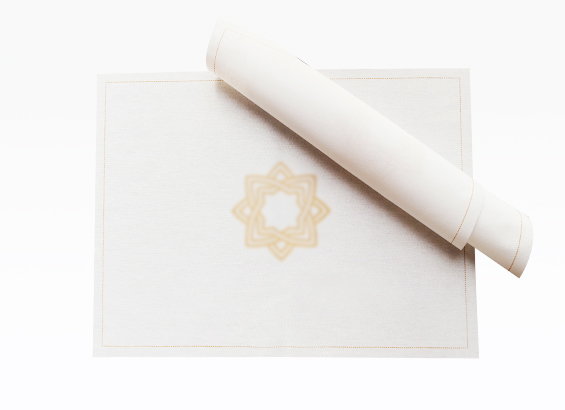




 English
English Español
Español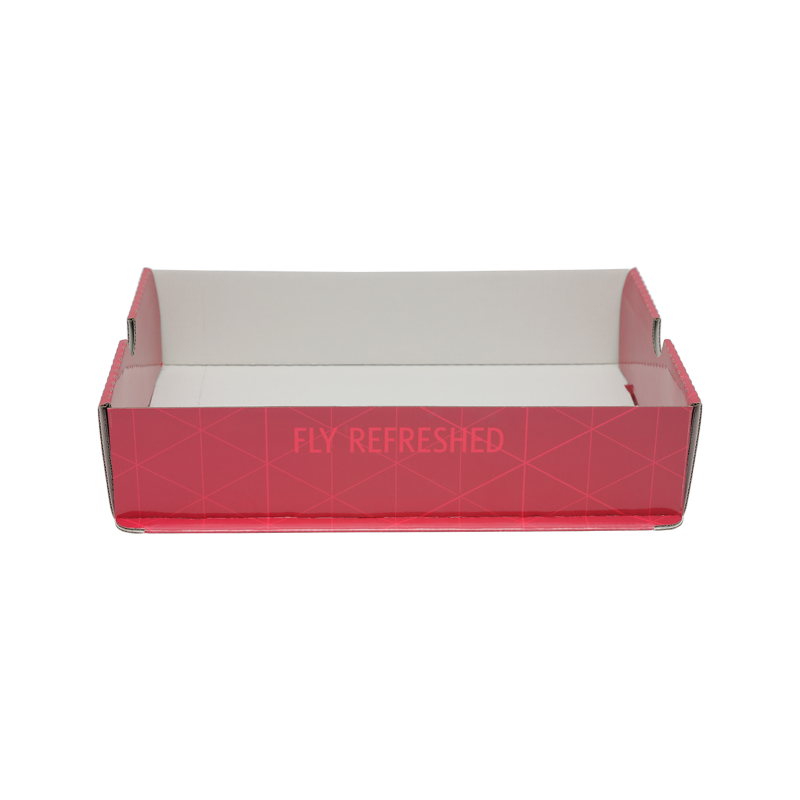


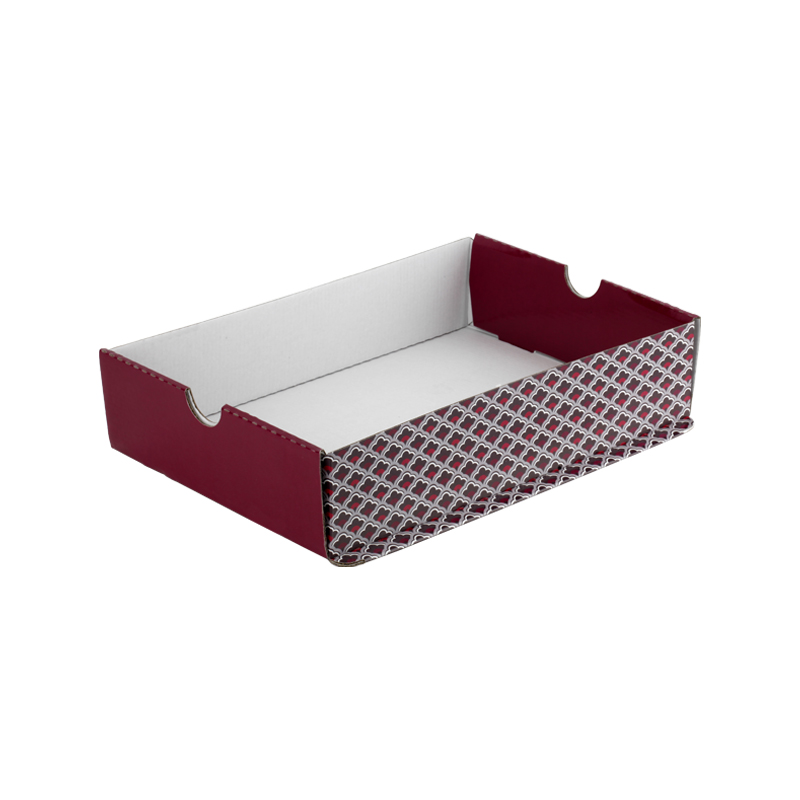
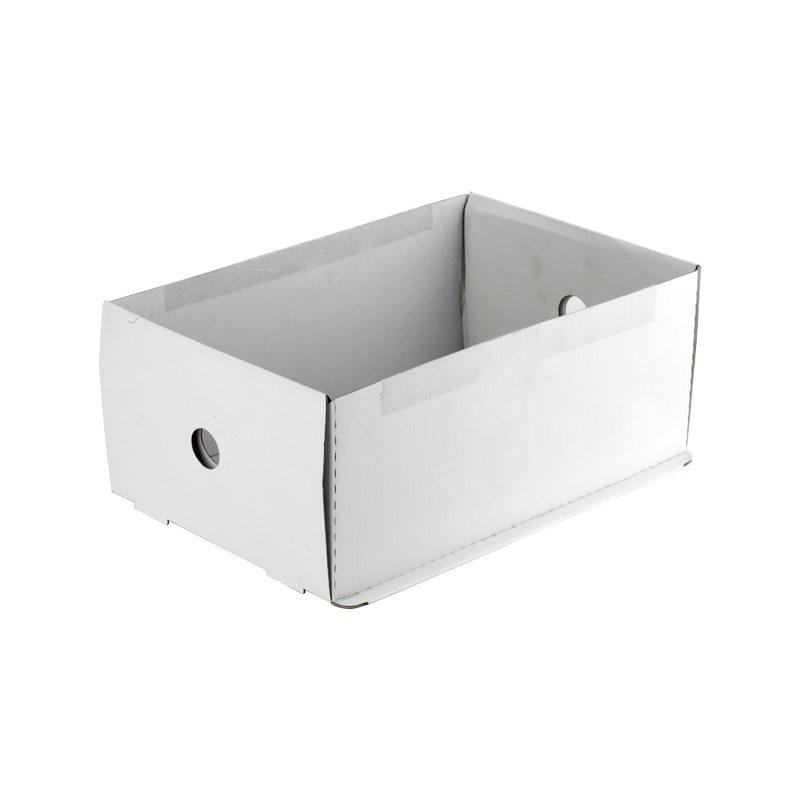
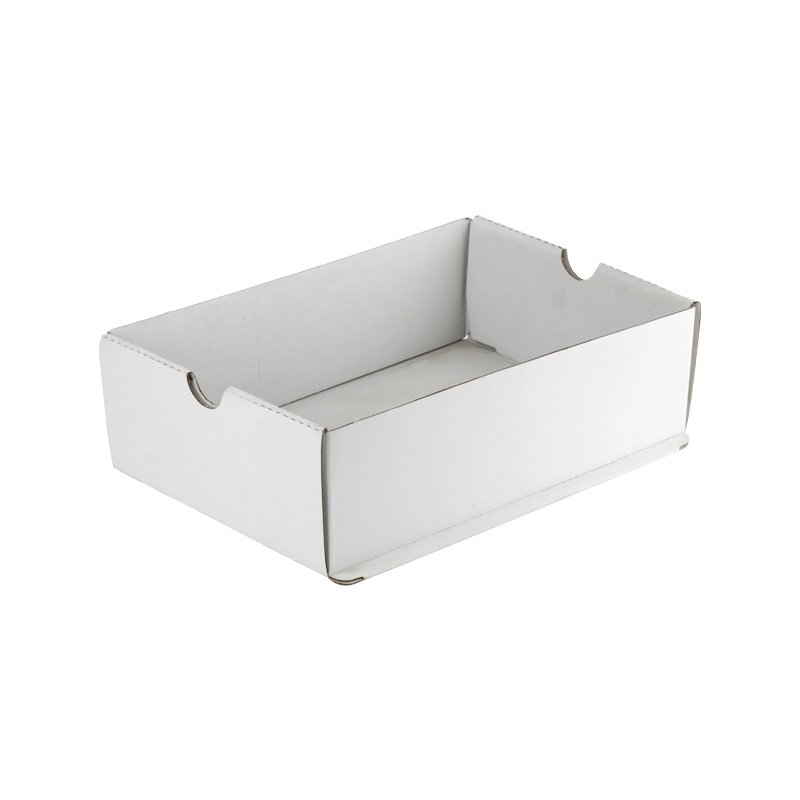
 No.389 Daifeng Road, Yuantong, Haiyan Jiaxing, Zhejiang, China
No.389 Daifeng Road, Yuantong, Haiyan Jiaxing, Zhejiang, China 86-573-86161678
86-573-86161678 86-573-86156282
86-573-86156282

